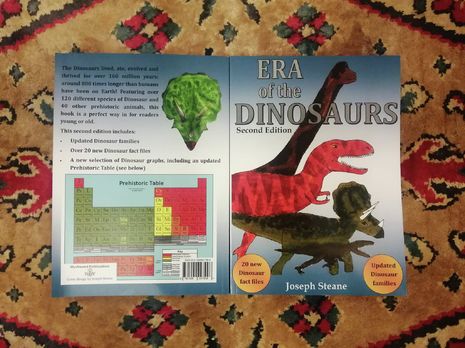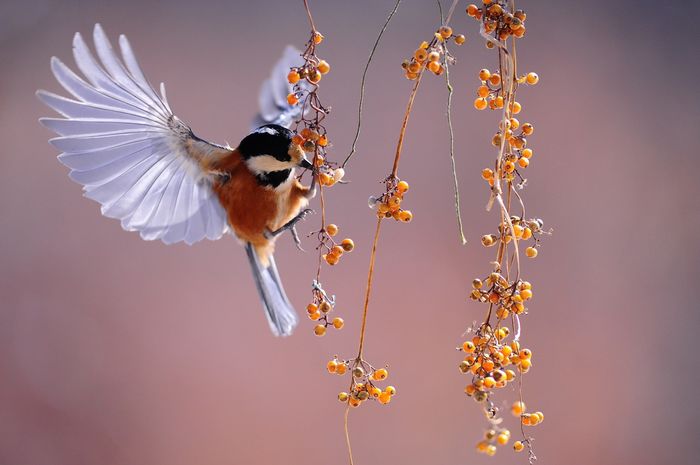‘Era of the Dinosaurs’: five years on
Author Joseph Steane takes a look back at the highs and lows of self-publishing a book about dinosaurs as a teenager and how Cambridge research put a spanner in the works

Most people get over their obsession with dinosaurs long before they’ve reached their teens. For some reason or other, my fascination with those mighty creatures survived that extinction event. I started writing a book about dinosaurs when I was 15 years old, not knowing exactly where it would lead. A year or so later, I had poured out over 200 pages of dinosaur details, including hand-drawn figures, the most up-to-date trivia, and truly delectable graphs. I wanted it to be my own go-to book for dinosaur knowledge.
Launching my first edition with 100 copies (admittedly sold mostly to family and friends), I achieved this goal. I was very happy with my dinosaur factbook and I could trust it, having researched everything myself. So lo and behold, in that very same year, the University of Cambridge released a new study which overturned the dinosaur family tree (which had been unchanged since its conception in 1888). Naturally, my book now had to be revised. I also learnt a lot about what goes into publishing a book: in particular, I had not purchased an ISBN for my first edition.
“I look back at my book with a sense of accomplishment, a gentle sense of pride, but mostly a bitter-sweetness"
In February 2018, the second edition of “Era of the Dinosaurs”– now with the updated dinosaur family tree; twenty new dinosaur fact files; and an ISBN– was published. This time around, the book was much more polished. Sixteen-year-old me could write better than fifteen-year-old me (though, looking back on it now, twenty-one-year-old me would thrash them both). I included more about palaeontologists, the people who study dinosaurs, with the most famous ones making the press. But what made it a “proper” book– one to be found in every British deposit library– was that all-important ISBN.
Since then, my book has been in stagnation. I managed to get a copy into Blackwell’s (the key word there being “a”), but the Natural History Museum in Oxford sadly rejected it due to a minor mistake on a fact file in which the expert they consulted happened to be, well, an expert. I’ll give you a copy for free if you can find that error. Life caught up with me: with childhood over, I didn’t have time to commit to the book, and that problem only exacerbated once I reached university. A box of my books lies dormant in my college room, occasionally opened for a friend to buy (who knew it would make a decent Secret Santa present?)
With its five-year anniversary approaching next February, I look back at my book with a sense of accomplishment, a gentle sense of pride, but mostly a bitter-sweetness that comes with putting a lot of time into something that not many people will realise. I don’t like to point it out directly (so take this article with a dash of irony!). I think that is partly because it represents part of myself that I have outgrown. But turning to the Prehistoric Table on the back cover (my own creation and my favourite part of the book), I can’t help thinking that the younger me did a pretty good job.
Whether you’re still a dinosaur nerd, or if you’d like to buy a copy for a younger relative, do get in contact with me directly. I’ll give you mates rates if you can name at least five dinosaurs without reading the book, and even better if none of them is the Tyrannosaurus rex.
 News / Clare Hall spent over £500k opposing busway 24 December 2025
News / Clare Hall spent over £500k opposing busway 24 December 2025 Comment / The ‘class’ of Cambridge24 December 2025
Comment / The ‘class’ of Cambridge24 December 2025 News / Caius mourns its tree-mendous loss23 December 2025
News / Caius mourns its tree-mendous loss23 December 2025 Comment / League tables do more harm than good26 December 2025
Comment / League tables do more harm than good26 December 2025 News / Girton JCR publishes open letter expressing solidarity with Palestine25 December 2025
News / Girton JCR publishes open letter expressing solidarity with Palestine25 December 2025










